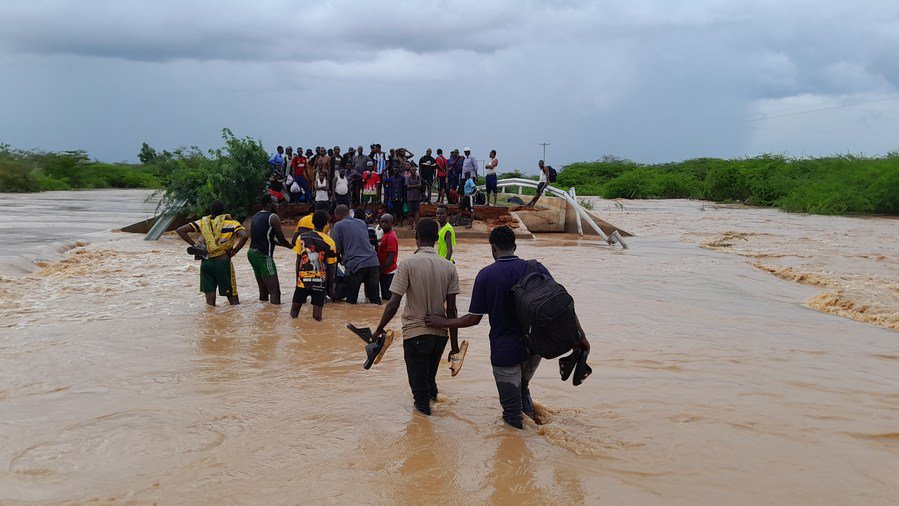
What’s the problem?
Internal displacement in Africa is a pressing issue, with over 75.9 million people globally living in internal displacement as of the end of 2023, and 46% of these individuals are in sub-Saharan Africa.
Projects: there are millions of Africans being displaced by development-projects such as mega hydro-dam projects, thermal power stations, conservancies, urban expansion etc. However, there is dearth of data on the numbers of those being displaced by projects in Africa.
Conflict and Violence: Approximately 68.3 million people were displaced due to conflict, with countries like Sudan, the Democratic Republic of the Congo (DRC), and Mozambique experiencing significant crises.
Disasters: Natural disasters, exacerbated by climate change, have displaced around 7.7 million people. Events such as floods and droughts are increasingly common, particularly in regions like the Horn of Africa.
Legal Framework
Africa has made significant strides in enacting the first legally binding convention on internal displacements – the African Union Convention for the Protection and Assistance of Internally Displaced Persons in Africa (Kampala Convention). The Kampala Convention is a major milestone for advocacy and as AfIID our efforts are to ensure that the Kampala Convention is fully implemented in Africa.
Key Concerns:
- Prolonged Displacement: Many individuals remain displaced for years without durable solutions, facing challenges such as food insecurity, lack of shelter, and inadequate access to healthcare.
- Overlapping Crises: In many cases, conflict and disasters occur simultaneously, complicating humanitarian responses and prolonging suffering.
- Vulnerability of IDPs: Internally displaced persons (IDPs) often face heightened risks, including violence, exploitation, and health crises, particularly women and children.
Climate Change Displacements:
Climate change is increasingly recognized as a significant driver of displacement. Extreme weather events, such as floods and droughts, force communities to leave their homes. Addressing this issue is crucial for developing adaptive strategies that mitigate the impacts of climate change and protect vulnerable populations.
Development-Induced Displacements:
Infrastructure projects, urbanization, and resource extraction often lead to the displacement of communities. Understanding the socio-economic impacts of these displacements is vital for ensuring that development projects are conducted responsibly and that affected communities receive adequate compensation and support.
Conflict Displacements:
Conflict remains one of the leading causes of internal displacement in Africa. Addressing the root causes of conflict and promoting peacebuilding initiatives are essential for preventing further displacements and supporting the reintegration of displaced populations into their communities.


